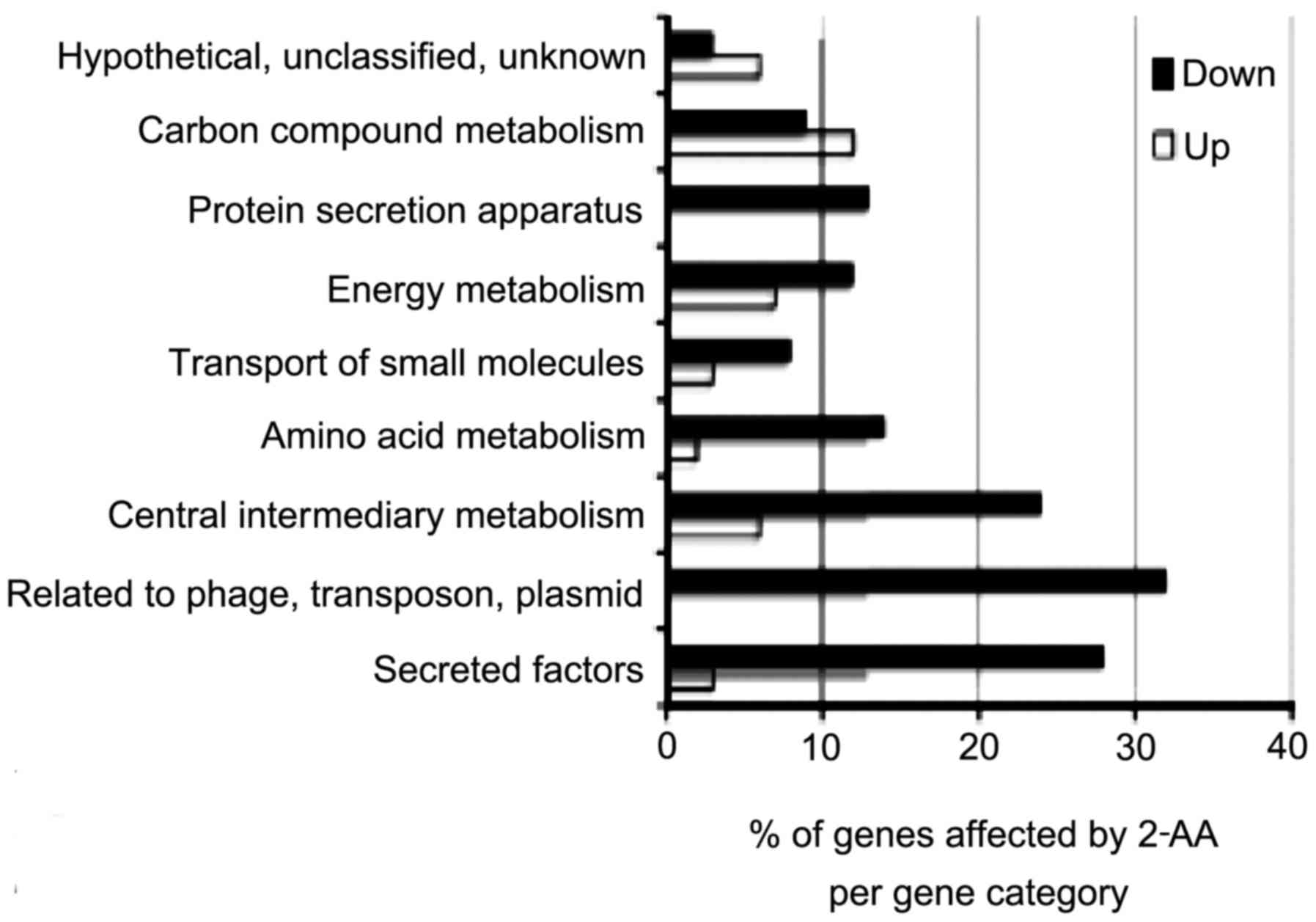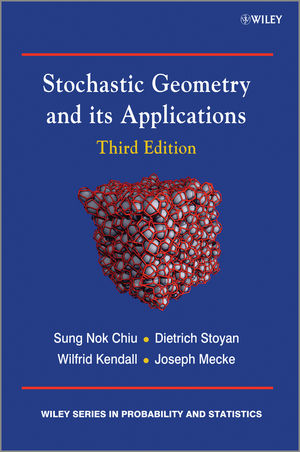

For neurogenesis assessment, the NGFP mice were injected with the mitotic marker BrdU at 22 h postirradiation and brains were examined for indices of hippocampal proliferation and neurogenesis, including Ki67, BrdU, BrdU NeuN and DCX cell numbers at short- and long-term time points (24 h and 3 months postirradiation, respectively). To compare the influence of 28Si exposure on indices of neurogenesis and hippocampal function with previous studies on 56Fe exposure, 9-week-old C57BL/6J and Nestin-GFP mice (NGFP made and maintained for 10 or more generations on a C57BL/6J background) received whole-body 28Si-particle-radiation exposure (0, 0.2 and 1 Gy, 300 MeV/n, LET 67 KeV/μ, dose rate 1 Gy/min). However, far less is known about how exposure to other HZE particles, such as 28Si, influences hippocampal neurogenesis and function. 56Fe-HZE-particle exposure decreases hippocampal dentate gyrus (DG) neurogenesis and disrupts hippocampal function in young adult rodents, raising the possibility of impaired astronaut cognition and risk of mission failure.

**Address for correspondence: Perelman School of Medicine, University of Pennsylvania, The Children's Hospital of Philadelphia (CHOP) Research Institute, Room 402 F, Abramson Pediatric Research Center, 3615 Civic Center Blvd., Philadelphia, PA 19104-4318 e-mail: traveling to Mars will be exposed to chronic low doses of galactic cosmic space radiation, which contains highly charged, high-energy (HZE) particles. *Scholar-in-Training, Radiation Research Society. Eisch 1,2,3,**Ī Psychiatry, UT Southwestern Medical Center, Dallas, TexasĢd Mahoney Institute for Neurosciences, Perelman School of Medicine, University of Pennsylvania, Philģe Department of Anesthesiology and Critical Care Medicine, Children's Hospital of Philadelphia, PhilĤb Department of Radiation Oncology, UT Southwestern Medical Center, Dallas, Texas

Amaral, 1 Shibani Mukherjee, 1 Shichuan Zhang, 4 Francisca Ahn, 4 Sarah E.

Lyles Clark, 2 Hung-Ying Shih, 4 Junie A.


 0 kommentar(er)
0 kommentar(er)
